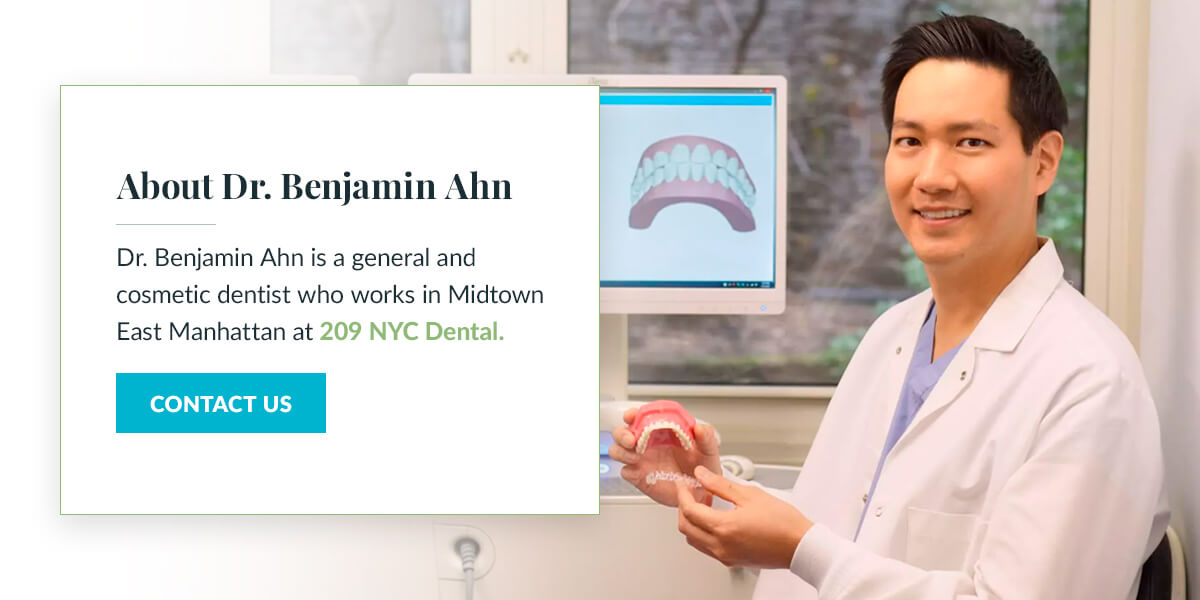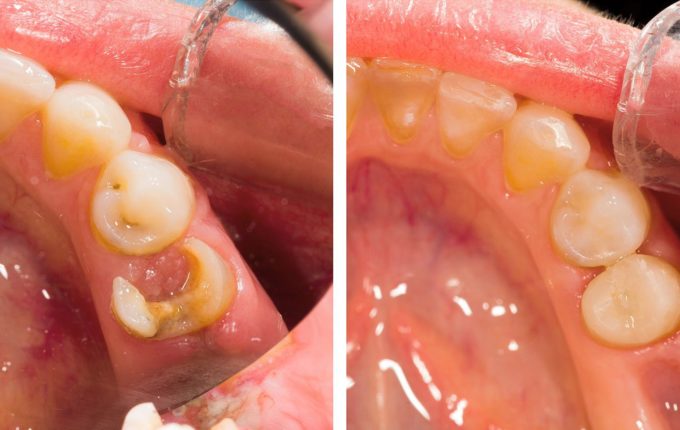A Guide to Teeth Bonding

When you have a chipped tooth, help is only a phone call away. Your dentist can repair a chip in mere minutes without anesthesia using a quick, inexpensive cosmetic procedure called tooth bonding. Below is detailed information about this approach that can help you make an informed decision for your dental health.
What Is Teeth Bonding, and Why Is It Performed?
Tooth bonding or dental bonding is a cosmetic procedure that repairs chipped, cracked, or otherwise broken teeth. It also helps with discolored teeth, gaps, lengthening the incisal edge, and filling small to moderate cavities.
The “bond” is a composite resin that covers the place where your tooth broke or has a cavity. The resins come in different shades, allowing your dentist to perfectly match the composite to the original tooth color.
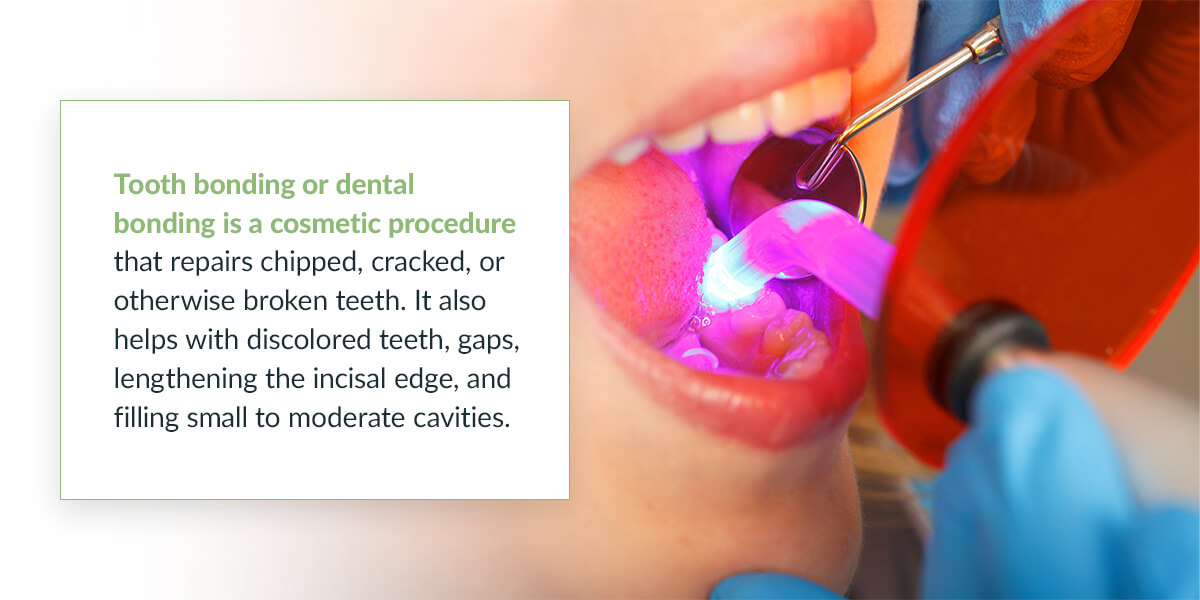
The Teeth Bonding Procedure
The procedure for getting a bond is straightforward, with a low chance of complications. If you need to get dental bonding, your dentist will take you through these steps.
1. Matching Your Teeth
First, your dentist will need to select the proper shade of the composite to match your teeth’s unique color. Everyone’s teeth are a little different, so color matching will allow you to enjoy the most natural-looking results.
2. Preparing the Surface
Next, your dentist must ensure the composite sticks to your tooth. Part of the preparation involves roughening the surface of your tooth with a light polishing diamond or phosphoric acid. With a smooth surface, your bond might slide out over time.
3. Adding the Composite
Once they have prepared your tooth, your dentist will apply and shape the composite to cover the damage or imperfection. They’ll only use enough composite to fill the gaps, wiping away any excess material.
4. Curing the Composite
The composite needs a treatment to make it as hard as the surrounding teeth. Your dentist will cure the composite with special high-intensity light, so it sets and attaches to your tooth enamel. After this step, your bond will be in place and should last for years to come.
5. Reviewing the Results
Before you leave the office, your dentist will want to check your bite, contacts, and polish, ensuring everything looks right. Your dentist will polish away the excess composite and smooth your tooth.
Note: For most bonding procedures, anesthesia is unnecessary. Most patients find this treatment comfortable and painless.
Advantages of Dental Bonding
Bonding is different from having a crown placed over your tooth, getting veneers, or having an inlay or onlay. Teeth bonding offers many benefits.
- Quick: One visit usually lasts only 30 to 60 minutes.
- Anesthesia-free: Most of the time, no anesthesia is necessary, except when filling cavities or by patient request.
- Inexpensive: The typical price ranges from $150 to $600, depending on severity.
- Best for healthy teeth: If your teeth have minor damage from trauma such as cracks, chips, or spaces, this method is a highly effective treatment.
Disadvantages of Dental Bonding
Though bonding helps many patients achieve stunning results, it has some drawbacks. Your dentist will decide if you need crowns, veneers, onlays, or inlays in place of bonding. In comparison to porcelain restorations, teeth bonding has the following drawbacks.
- The bond is weaker than porcelain, though it’s still very durable, lasting five to 10 years.
- It can chip or break when you eat hard foods, especially after the initial placement.
- Over time, it can stain because bonds are more porous than porcelain.
- If you get a whitening procedure, the bonded area will remain unchanged in color.
- It is less ideal for filling extensive defects or broken-down, decayed teeth.
- If you have had a root canal, your tooth might be too brittle to support a bond. The composite resin will be less supportive than what is necessary to maintain the tooth’s structure.
- Though it matches tooth color nicely, it is not as lifelike and breathtaking as the aesthetic of porcelain.
How to Care for Bonded Teeth
After you have your teeth bonded, avoid putting unnecessary pressure on your teeth. In particular, don’t do the following:
- Grind your teeth at night (wear a night guard)
- Bite your fingernails
- Chew on pens or other objects
- Chew ice, which is also generally bad for your teeth
- Eat hard, sticky foods
- Use your teeth as an opener or in place of scissors, which can damage your teeth and gums
Do You Need a Tooth Bonded?

At 209 NYC Dental, we are a top-of-the-line dental practice. We are open seven days a week for your convenience, and we prioritize emergencies. Avoid waiting until your tooth gets worse or gets infected. Schedule an appointment online and come in for a comprehensive exam and thorough cleaning. No matter what, you will leave with a beautiful smile.
About Dr. Benjamin Ahn
Dr. Benjamin Ahn is a general and cosmetic dentist who works in Midtown East Manhattan at 209 NYC Dental. In addition to tooth bonding and veneers, he can also provide Invisalign.
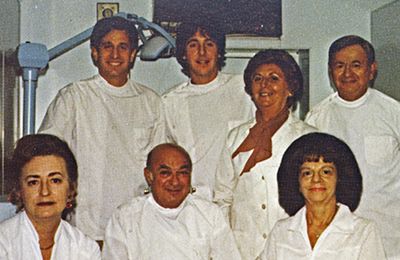 Our History
Our History
 Our Providers
Our Providers
 About Us
About Us
 Blog
Blog
 Contact us
Contact us
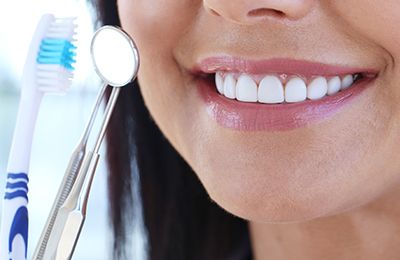 Diagnostic & Preventive
Diagnostic & Preventive
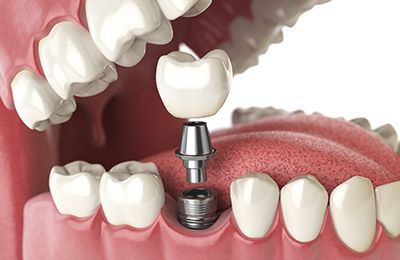 Implant Dentistry
Implant Dentistry
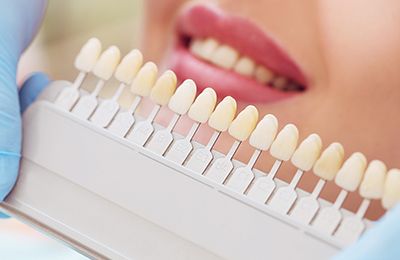 Cosmetic Dentistry
Cosmetic Dentistry
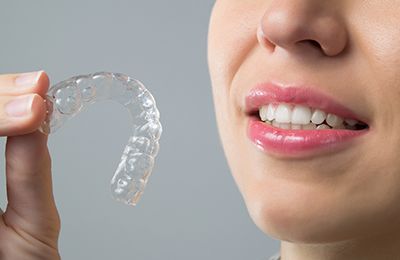 Clear Braces
Clear Braces
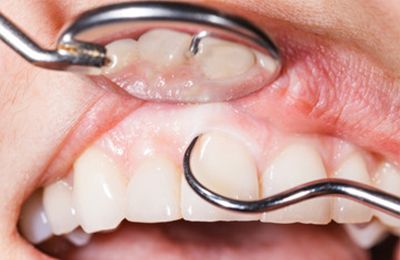 Periodontics
Periodontics
 Patient Forms
Patient Forms
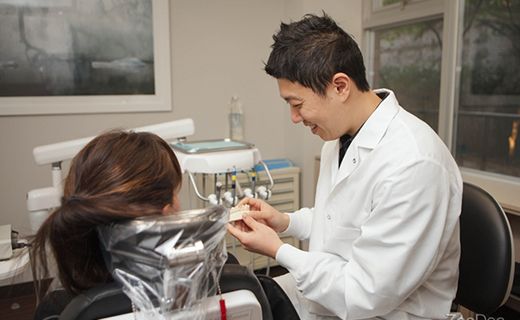 Payment Information
Payment Information
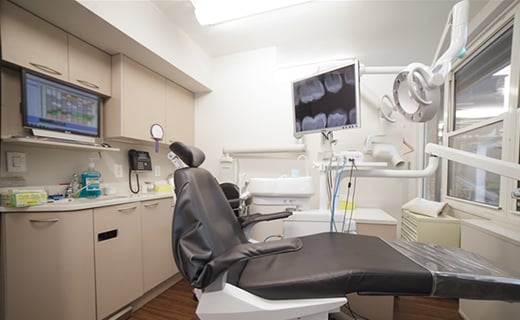 Insurance Options
Insurance Options
 CareCredit Dental
CareCredit Dental
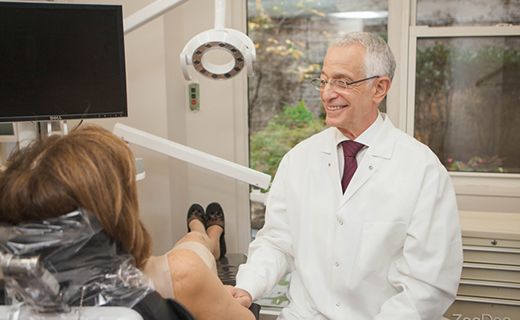 Appointment Policy
Appointment Policy
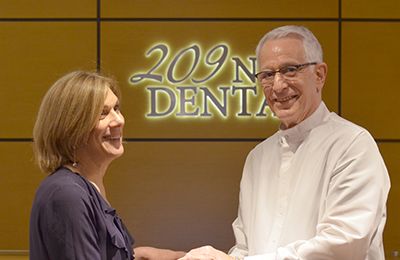 Free Consultation
Free Consultation
 Complimentary Teeth Whitening
Complimentary Teeth Whitening
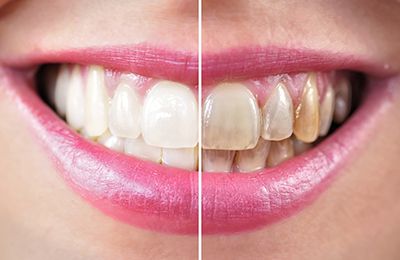 Teeth Whitening
Teeth Whitening
